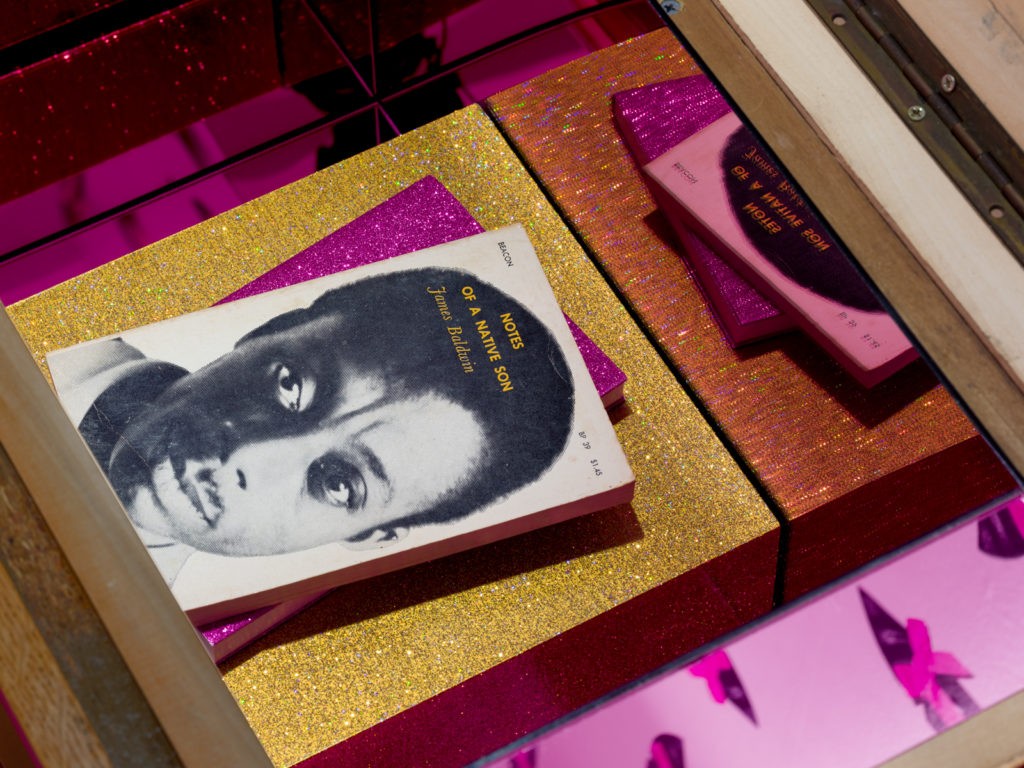
Installation view of Sadie Barnette: Legacy and Legend, Pitzer College Art Galleries (Lenzner Family Art Gallery) at Pitzer College, July 22 to December 18, 2021. This exhibition was co-organized with the Benton Museum of Art at Pomona College. Photography courtesy of Fredrik Nilsen Studio.
Sadie Barnette: Space for Retelling Black History
By Lauren “LP” Spencer, CMC ’23
January 19, 2022
To construct an exhibition that examines the past, envisions an alternate future, which in turn presents profound implications for the present, requires a blend of ambition, attentiveness, and an aptitude for re-framing challenging narratives. A challenge all-too-familiar for multimedia artist Sadie Barnette, her newest two-site exhibition Legacy & Legend simultaneously explores the storied past of her father, community organizer and former Black Panther Rodney Barnette, the younger Barnette’s own childhood, and their anticipations for the future. A joint exhibition of Pitzer College Art Galleries and the Benton Museum of Art at Pomona College—two predominately white institutions—Legacy & Legend presents the Black experience to a diverse audience of university students and community members. Comprised of drawings based on government surveillance documents released through a FOIA[i] request, found—and altered—household furniture, family memorabilia, Swarovski crystals, futuristic holographic materials, and glitter, Barnette’s exhibition creates an immersive experience that guides the audience into her world to confront political, social, and familial issues related state-sponsored racialized surveillance, intimidation, and violence.
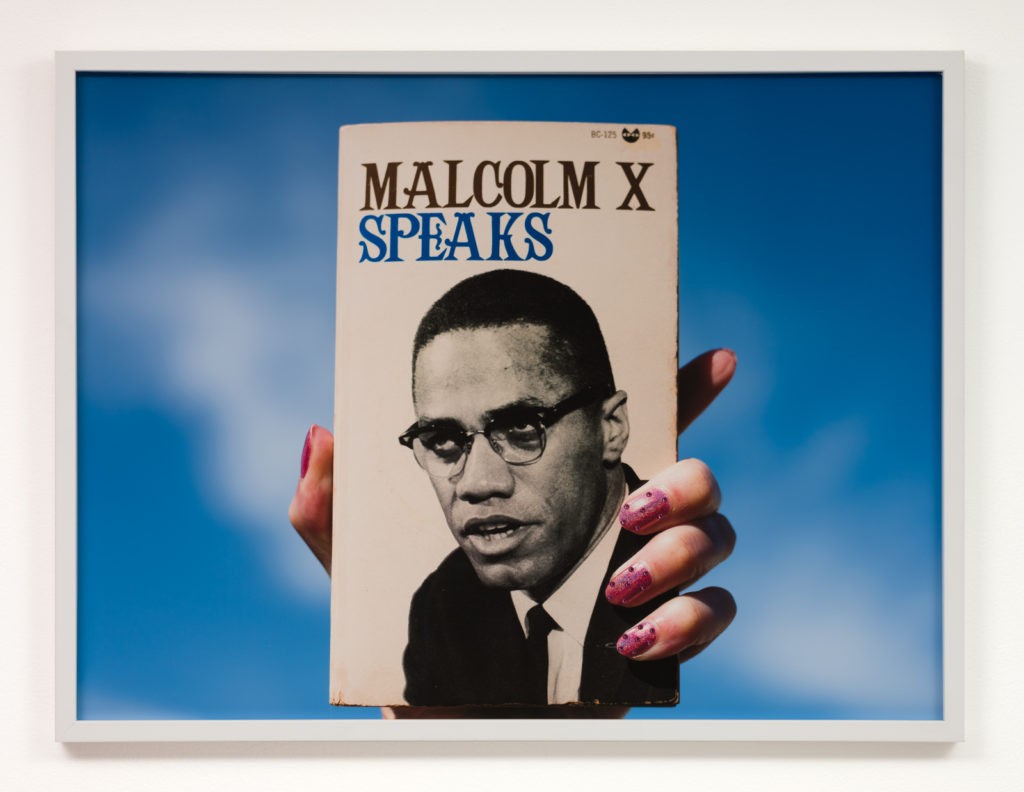
Barnette’s prior projects similarly utilize these themes and elements to explore her own history and that of many Black American families. Dear 1968,… (2017), upon which she builds in Legacy & Legend, likewise features her FBI Drawings. Here, the series enlarges in scale, with 60 x 48 inch drawings featuring haunting and intimidating excerpts from the FBI’s surveillance of Barnette’s father—which tracked his every move, his relationships, and attacked him on the basis of sexual identity, in a manner that created the illusion that he and other Black Civil Rights Leaders were a public threat.
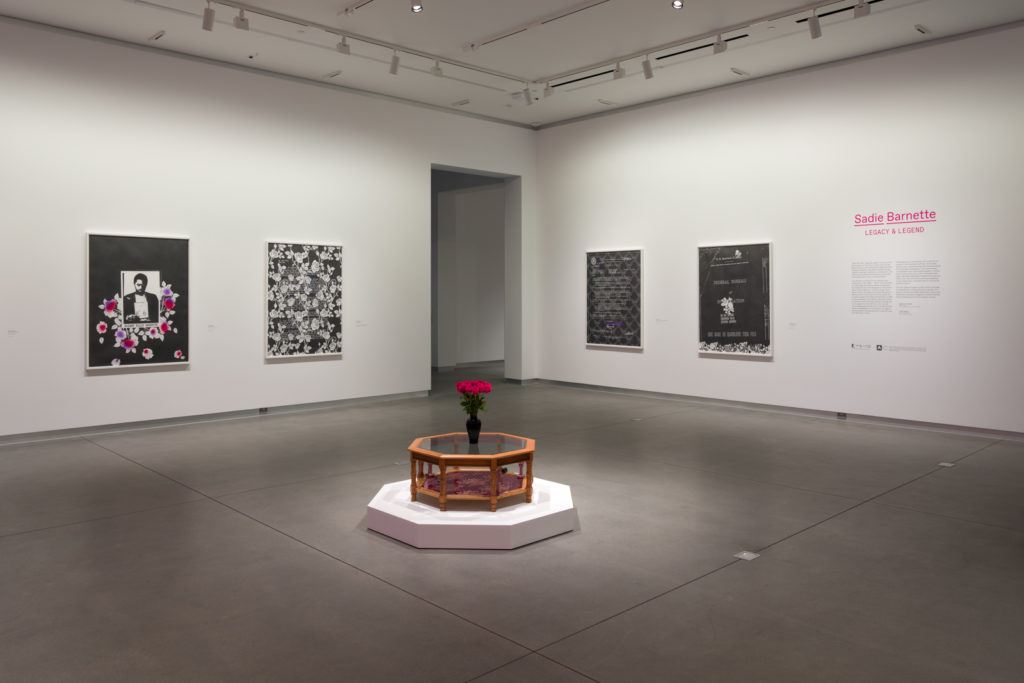
Barnette, however, deconstructs this vilification of Rodney Barnette, covering the documents with hand-drawn juvenile imagery and flowers. With the inaccuracies painted by the FBI masked by Barnette’s drawings, these doubly-distorted documents not only honor her father with the metaphorical and physical reclamation of his history, but simultaneously allude to their relationship and the legacy she wanted to create for him. As a two-site exhibition, Barnette takes advantage of the spaces and designs them in a manner that complements her story. With these drawings and an installation that evokes a private home space, Barnette’s exhibition illuminates not only her relationship with her father and her family history, but also, I feel, illuminates the personal histories of many Black Americans. With its content and themes in tandem with the spaces at the Benton and Pitzer College Art Galleries, Legacy & Legend embraces and promotes the importance of preserving and memorializing the true histories of Black individuals and families to direct the future.
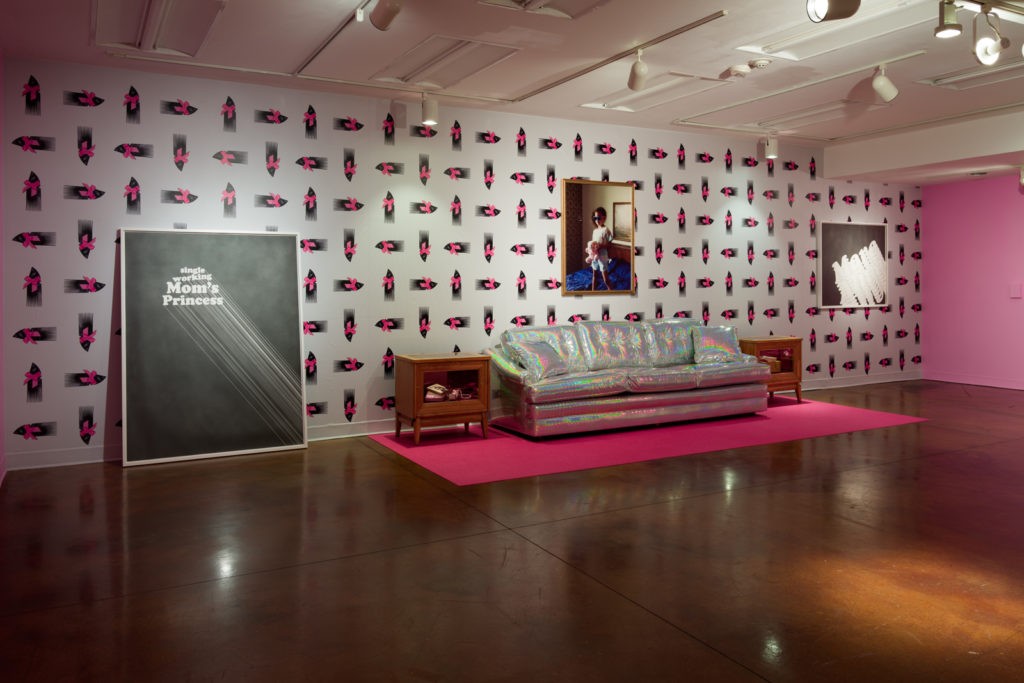
The Benton Museum at Pomona College houses one half of Legacy & Legend. Barnette juxtaposes the open, sun-lit white-cube gallery space with clashing yet oddly complementing bubblegum pink walls, which hold up the enormous pieces from the aforementioned FBI Drawings—including Rodney Barnette’s mugshot decorated with flowers. At the center of the room rests a wood and glass coffee table with glittering surveillance cameras and a vase of flowers in the center. The nature of the documents, presence of cameras, and the general openness of the museum space create and support the eminent themes of violence and surveillance throughout the exhibition.
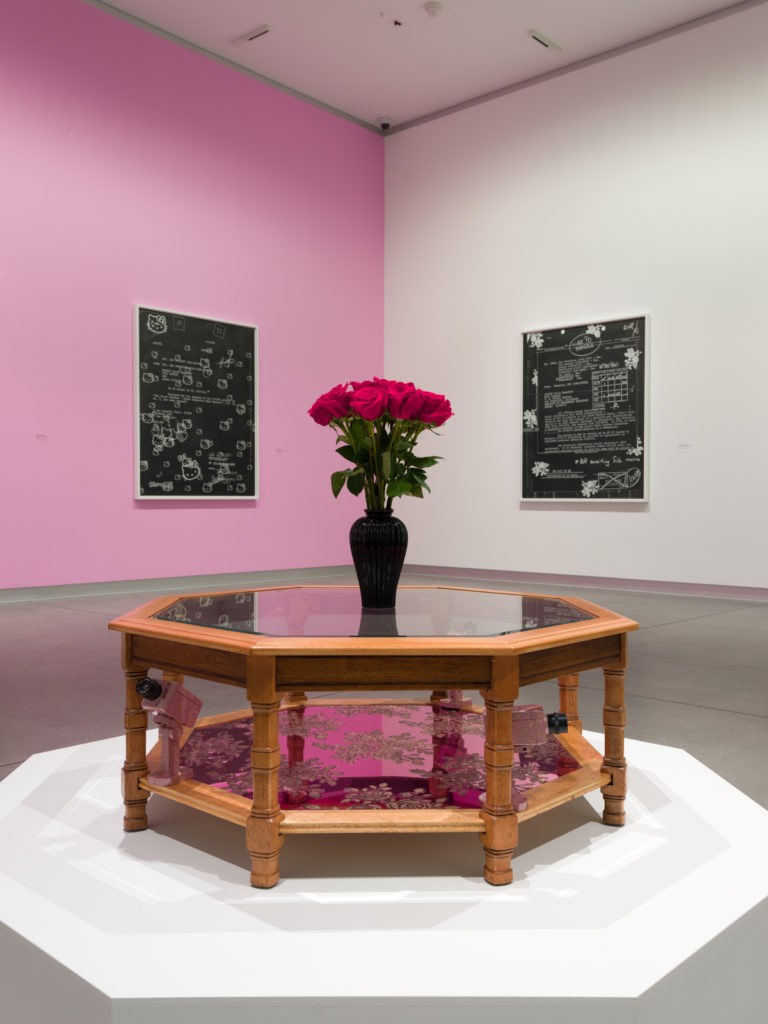
Even so, Barnette presents themes of fatherhood and love through her reintroduction and memorialization of Rodney Barnette’s past, as not only as Compton’s Black Panther Chapter Founder, but as her father. These themes transcend Barnette’s personal experience and bring attention to the importance of reclamation for many Black individuals and families—including myself. Anger and rage arose in me as I read through the violation and denigration of Rodney Barnette, yet I simultaneously felt a sense of consolation and gratitude for Barnette’s conscious intent in presenting the real history of her father’s legacy through her own eyes. Even more, I felt a sense of relief knowing that Rodney Barnette is still alive to receive appreciation for his work in Black liberation and in Sadie Barnette’s life. This does, however, raise questions on audience interpretations and connections to this exhibition; being that it is placed in a predominantly white space, is this exhibition is reaching the intended audience? Does the audience comprehend the nuances of this exhibition and Barnette’s message beyond the surface?
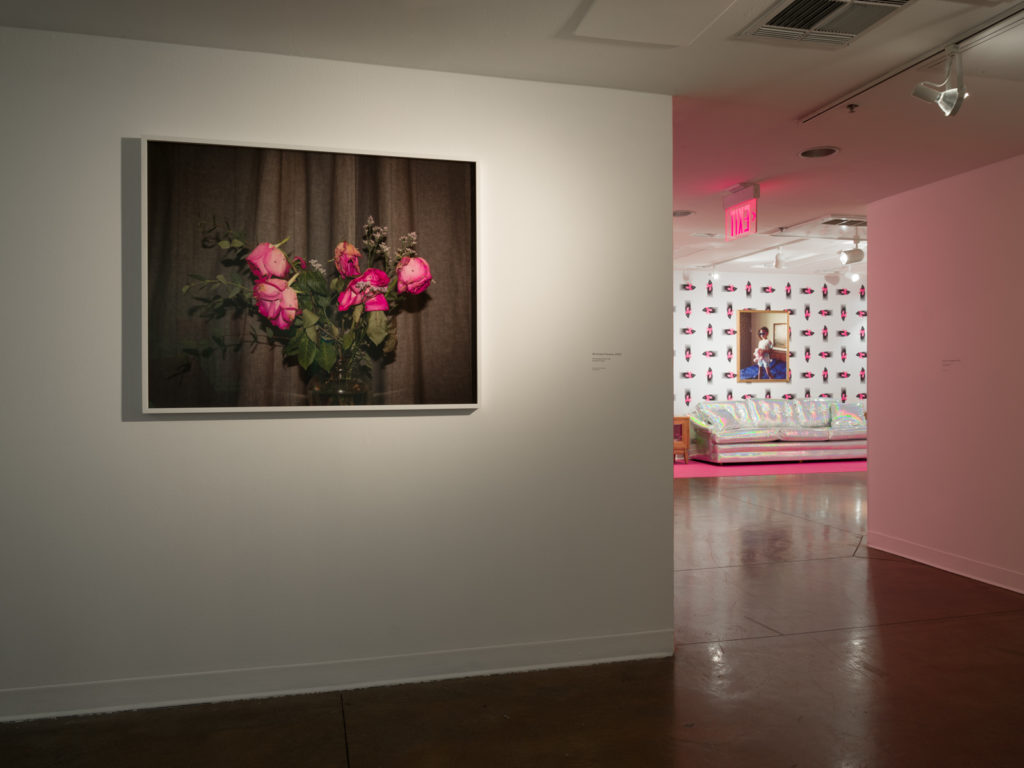
Barnette hand-picked the second site for Legacy & Legend at Pitzer College Art Galleries. Tucked away on Pitzer College’s campus, this space’s low concrete ceilings and virtually no windows contradicts that of the Benton’s. Similar to her prior work, Barnette uses this space to reimagine her past concurrently with the present and the future by intersecting reminiscences of her childhood and family with futuristic holographic materials. Barnette capitalizes on the cozy, intimate space by including domestic staples such as a stereo set, a couch with a childhood photo of herself positioned above it, and a large image of young teens & adults, including her father, facing it. These images and several others hung throughout recreate the nostalgic experience of flipping through old family photo albums. However, because of the glittery and holographic alterations made to the couch and stereo speakers, the audience is faced with a conflicting presentation of Barnette’s story—Are we looking at the present? Or is this the future? Even further, the wallpaper comprised of ribbon-wrapped piks (a special comb for Black hair), drawings bearing hand-inscribed slogans reading “single working mom’s princess,” “sister-sister,” and “we all we got,” and copies of Malcolm X and James Baldwin books feels like a reimagination of Black childhood that extends far beyond Barnette’s own. Prior to Barnette’s, I had never experienced an exhibition that could show audiences glimpses into Black youth that, to me, felt genuine rather than exaggerated or fabricated to please non-Black audiences. Because of this, I feel this portion of Legacy & Legend revealed Barnette’s incredible ability to create spaces that harness Black joy and family memories.
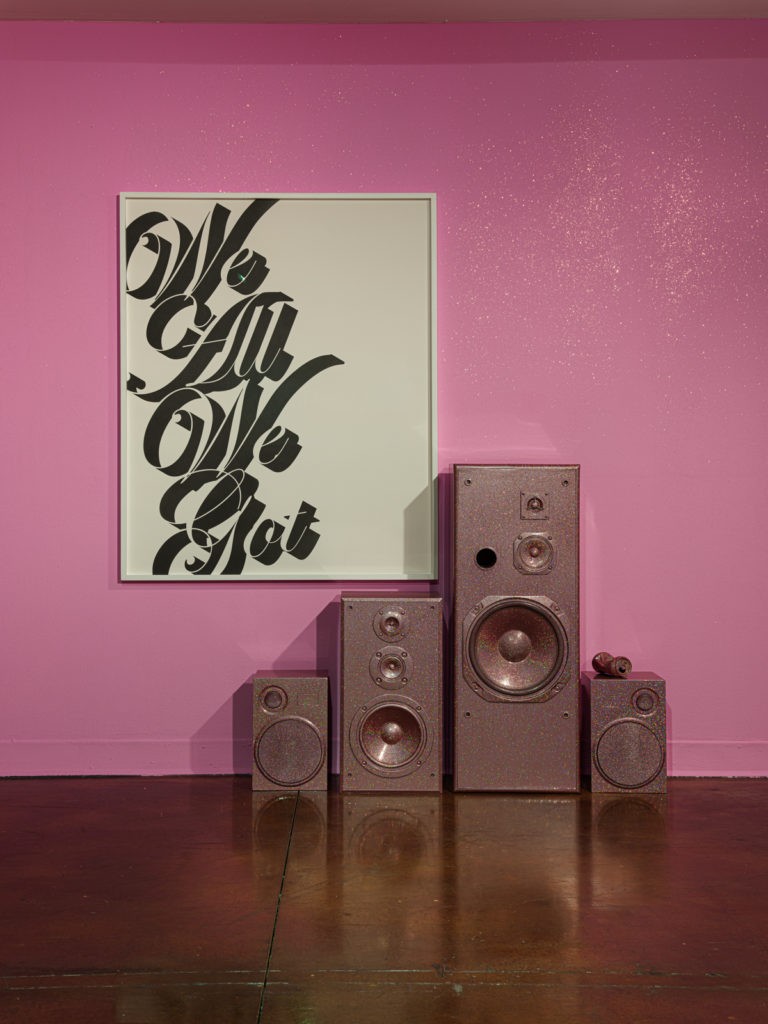
Legacy & Legend is bold and brave. Barnette courageously reclaims her father’s legacy, her childhood, and future by masterfully inserting her narrative so effectively that it translates beyond herself and offers new presentations of the duality of the Black experience—both as leaders in Black liberation and as leaders in our lives and legacies. Consciously placing her exhibition in two sites, however, the audience is left questioning the intention behind this split: Are we seeing two pieces of history simultaneously (her father’s struggle with fighting for Black liberation and her childhood throughout all of that)? Who is this exhibition really intended for? Why are spaces like these ideal for retelling Black history?
[i] The Freedom of Information Act (FOIA), signed into law in 1966, requires the disclosure of information and documents held by the U.S. government upon request. The law defines disclosure procedures, exemptions and exclusions, and has been amended several times since passage.
About the writer:
Lauren “LP” Spencer is a writer passionate about intersecting her love of storytelling through her work with writing, digital content creation, fashion, music, art, and sports. She is a third-year student at Claremont McKenna College intending to pursue a career within the entertainment industry with a focus on working collaboratively to bring ideas surrounding contemporary art, fashion, and digital media to life.
About the essay:
Sadie Barnette: Space for Retelling Black History is the first in a series of student-generated essays produced in partnership with—and in response to the exhibitions and programs of—Pitzer College Art Galleries that address material culture, aesthetic production, and exhibition practices, in the context of contemporary and historical social issues.
About our partner:
Pitzer College Art Galleries is pleased to partner with The Nomadic Journal, which has generously co-published Sadie Barnette: Space for Retelling Black History to provide a platform for the inaugural essay of this series.
Exploring art, architecture, and itinerant ideas, The Nomadic Journal is a project of DoppelHouse Press.
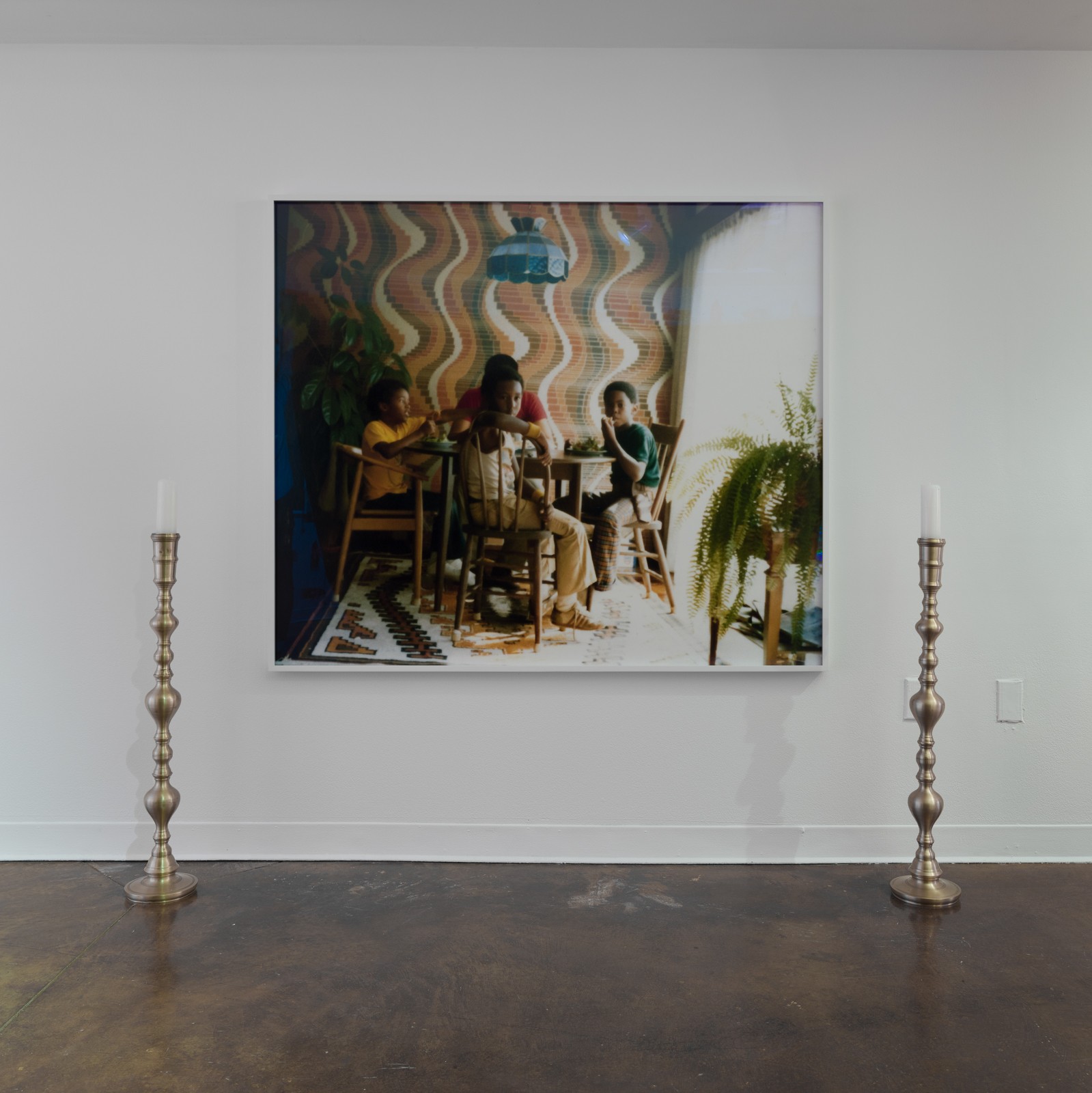
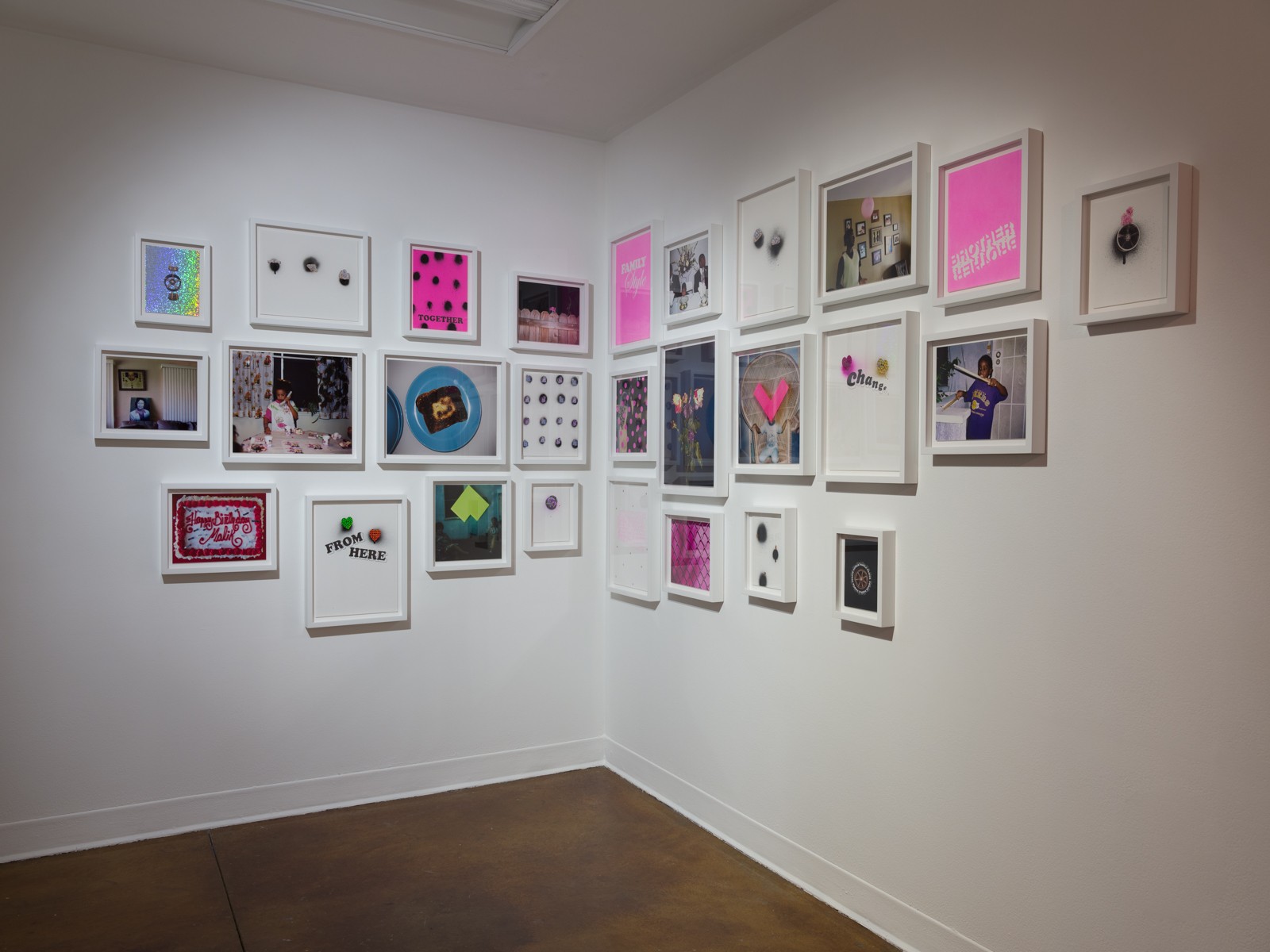
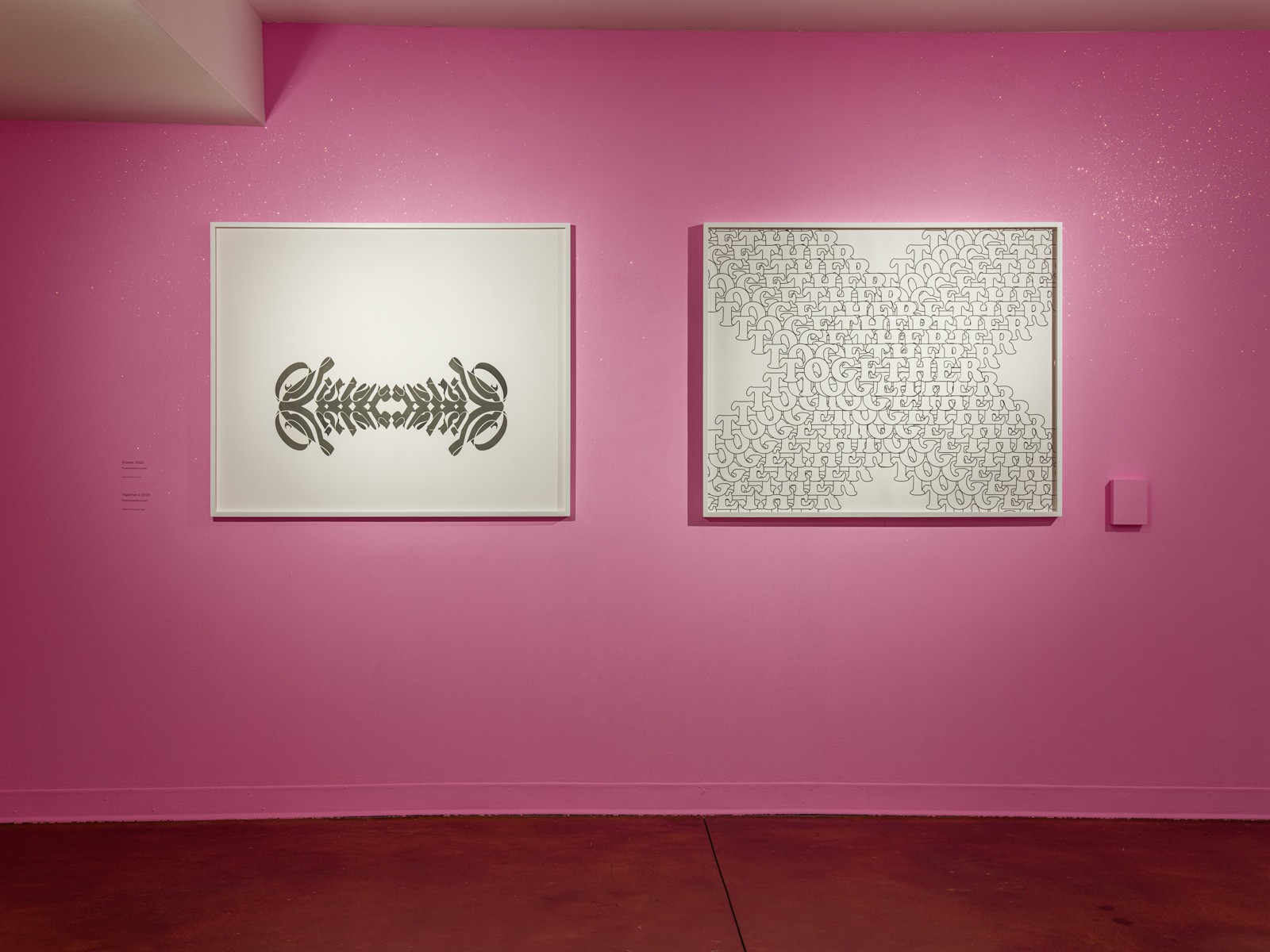
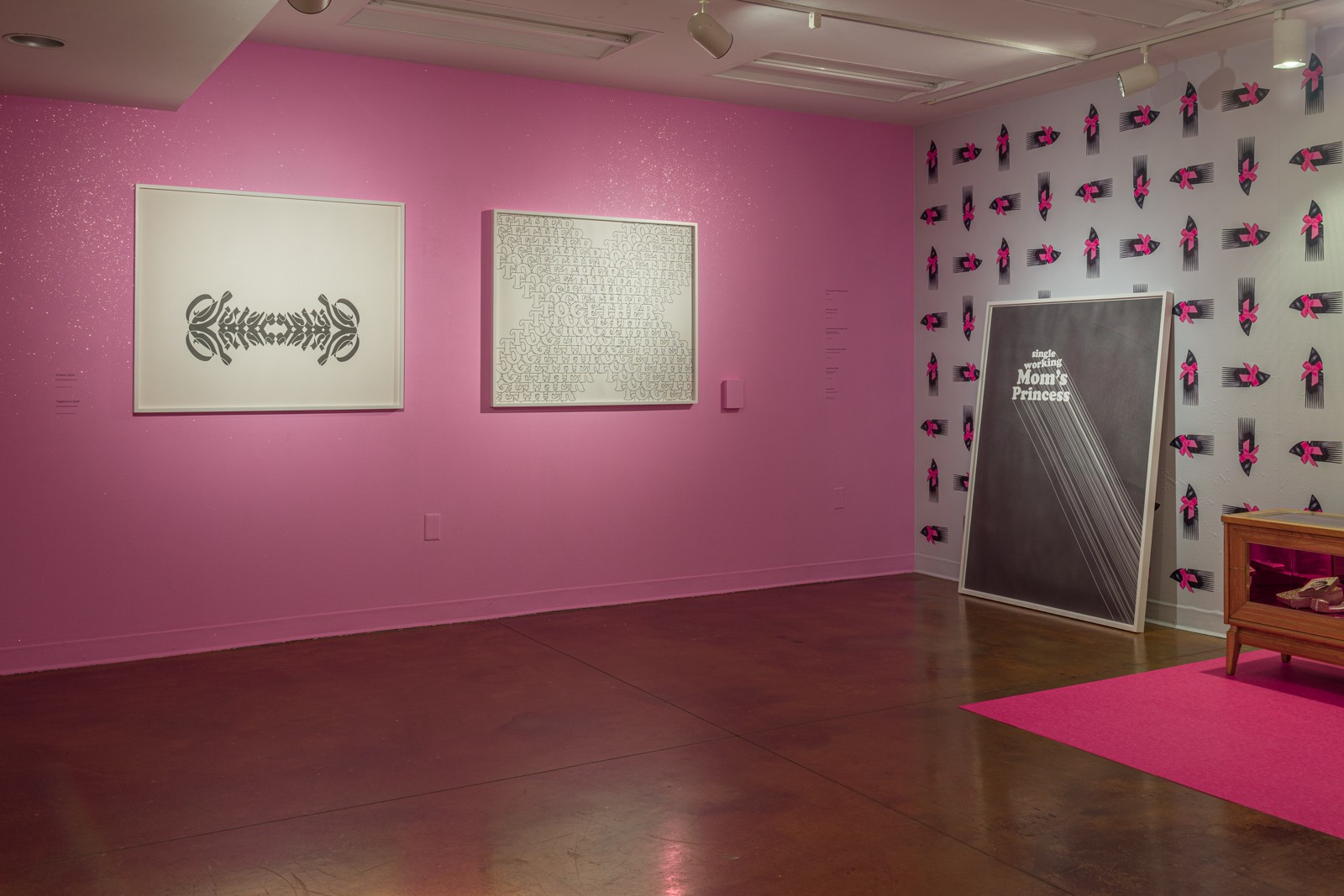
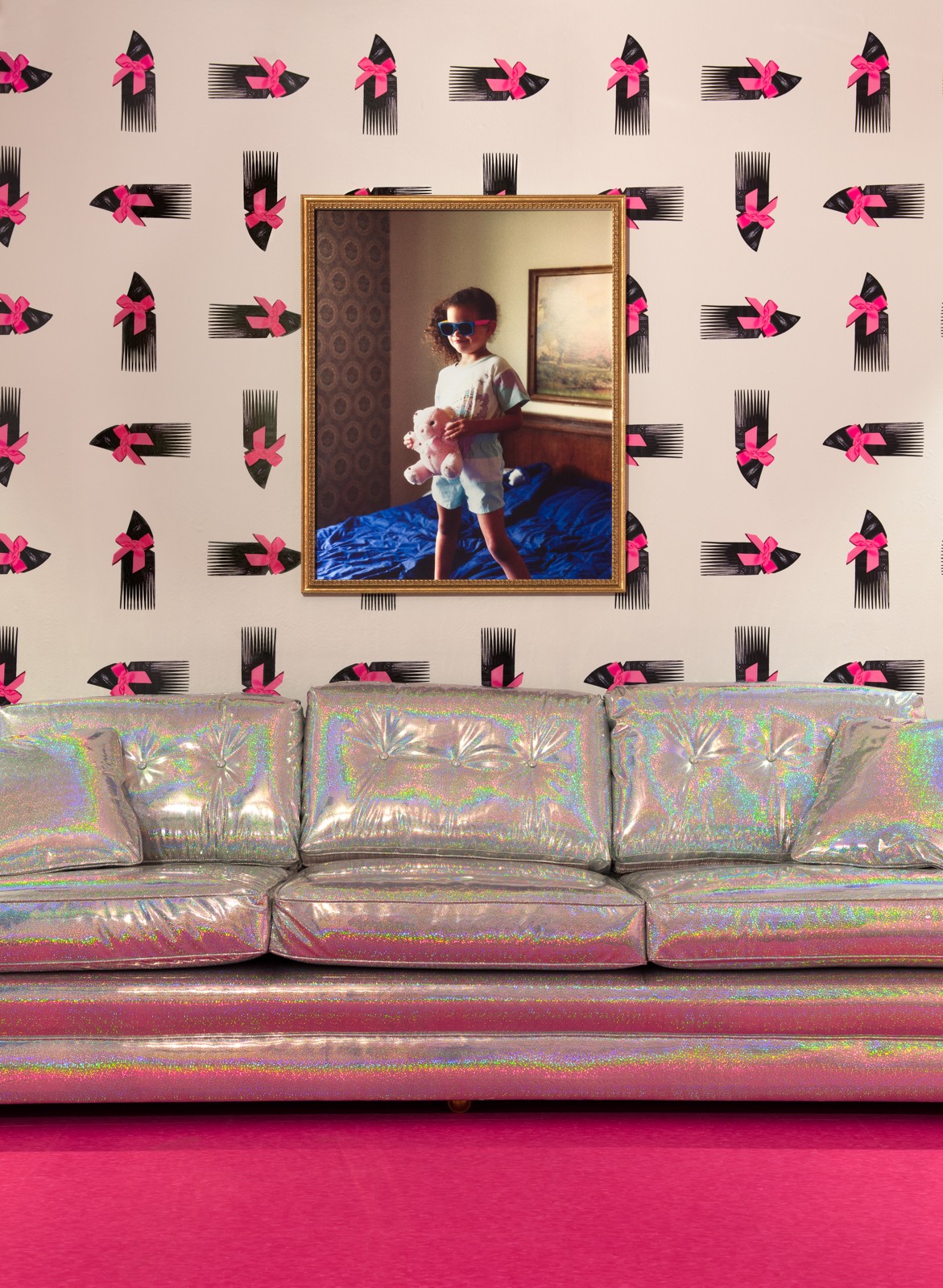
 WORLD IS WATCHING – MANIFESTO
WORLD IS WATCHING – MANIFESTO